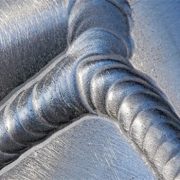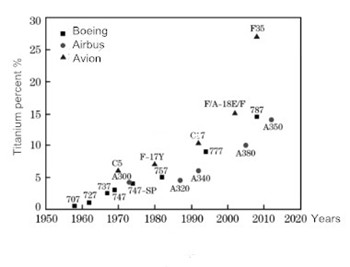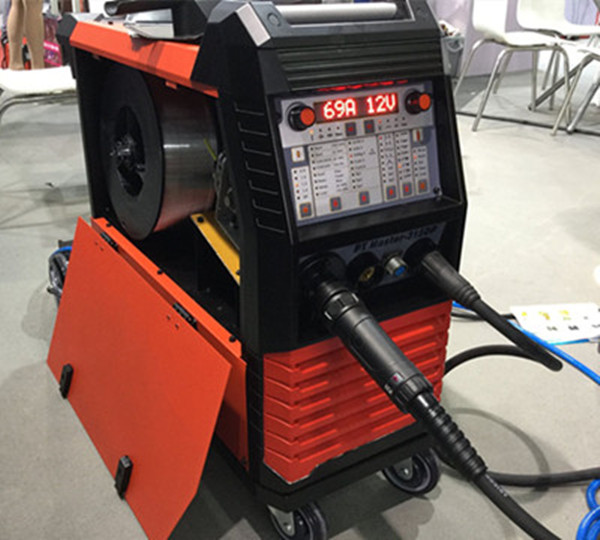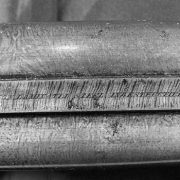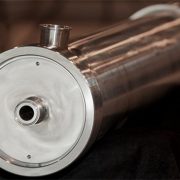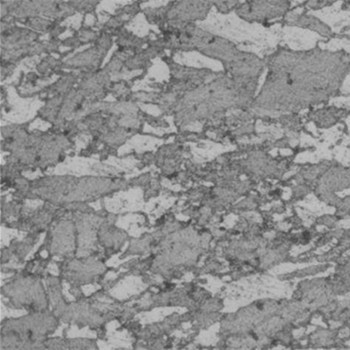What’re the main properties of hot work tool steel?
Hot work tool steel is the high alloyed Cr-Mo-V tool steel which used for the non-cutting forming of workpieces made of iron and alloys at high temperatures. They are applied in processing such as hot forging dies, extrusion, drop forging as well as tube and glass products manufacturing. In recent years, in order to meet the large and complex shape of hot processed workpieces, there produce higher requirements for the mold load and tool steel performance. Therefore, many countries and tool steel mills continue to develop standards for mold steel and tool steel themselves.
Due to the different environment(application, temperature, pressure, atmosphere) of hot working tool steel, the mold bears a variety of pressure. In order to reduce the melting loss of casting dies, it is not enough only to improve the performance of tool steel, but also the surface treatment technology. In order to improve the service life of die, tool steel should be selected according to the service environment, tech design and other aspects such as:
1.High-temperature strength
The hot forging die and casting die contact directly with the processed material at high temperature, making the surface of the die soften and the surface strength of the die decrease. In addition, under the action of forming pressure and thermal stress, the surface of the mold is prone to crack and bond, which affects the appearance of processed workpieces. Therefore, the requirement of tool steel is to restrain high temperature softening and keep the strength (softening resistance) of steel. The secondary carbides in hot working tool steels after quenching and tempering play an important role in improving the softening resistance of steels. The addition of Mo, W, V and other alloying elements has a good effect on improving the softening resistance. However, excessive alloying elements will lead to component segregation and the increase of carbides, resulting in a decrease in toughness. Thus hot work tool steel must have both softening resistance and toughness.
2.The toughness
Mold cracks occur in the corner of the mold, machining defects and hot cracks and other stress concentration parts. But the toughness of steel will affect the crack resistance of die steel. Charpy impact value and fracture toughness value are the most commonly used toughness evaluation indexes. Cr, Mo, W and V carbides in hot working tool steel play a great role in improving the softening resistance and hardening hardness. However, the excess carbides are the main reason for the decrease of toughness of tool steels. Therefore, according to the need of strength – toughness balance, the composition of hot work tool steel should be designed reasonably. Ni is an element that does not form carbides, but the solid solution in tool steel matrix can improve its toughness.
The toughness of steel is closely related to the cooling speed of steel. During the quenching process of large molds, the cooling speed of the center is lower than the cooling speed of the surface, the normal and uniform quenching structure in the center is often not obtained, resulting in a decrease in toughness. Therefore, the hardenability of steel should be improved. Cr, Mn, Mo and V are effective elements to improve the hardenability. The evaluation methods of quenchability include continuous cooling transition curve (CCT) and Charpy impact value of slow cooling quenching in semi-cooling time. The semi-cooling time is the time when the temperature of steel decreases from quenching temperature to 1/2 quenching temperature. The operation of setting various semi-cooling time can simulate the cooling speed of the large mold center.
3.The thermal cracking resistance
Hot working tool steel mold, especially casting mold which requires workpiece with a flawless appearance, often occurs hot – cracking. These tortoiseshell cracks in the mold use process expansion, growth, resulting in cracking. The causes of hot cracks are that the surface of the mold is softened by the heat of the processed workpiece, the internal oxidation of the existing cracks caused by the contact between the mold and the atmosphere, and the local expansion and contraction caused by repeated heating and cooling heat cycle promote the crack expansion. In order to restrain the occurrence of hot cracks, the high temperature strength (softening resistance) and toughness of tool steel should be improved.
4.Melting resistance
Melting loss is a special damage form of casting die. The aluminum and magnesium ejected react with the mold material to alloying the surface of the mold, resulting in mold wear and thermal bonding. This phenomenon is called melting loss. The effective method to prevent melting loss is to avoid contact between liquid aluminum and liquid magnesium and Fe, the main component of mold material. Diffusion treatment including sulfur nitriding and coating treatment (PVD, CVD) surface treatment are the most effective methods.
Lkalloy Steel is a leading exporter and supplier of H13 hot work steel in plates, blocks and flat /square /round bars, we provide AISI H13 tool and die steel in all sizes as your requirements. Consult our team for h13 steel projects.


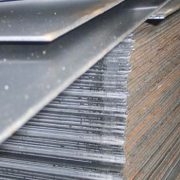
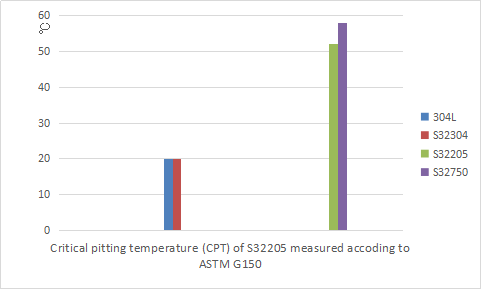

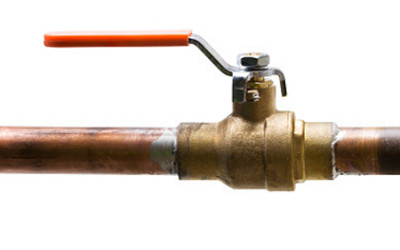
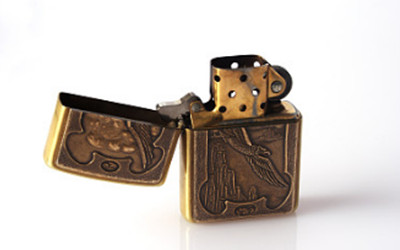 The different property leads to the difference of application. Brass is commonly used in the production of some complex shaped stamping products, such as condensing pipe, drainage pipe, shell and so on, or some small hardware, mechanical parts. Brass is also used for decoration for its bright gold-like appearance or where need low friction such as locks, gears, bearings, doorknobs, musical instruments and even zippers.
The different property leads to the difference of application. Brass is commonly used in the production of some complex shaped stamping products, such as condensing pipe, drainage pipe, shell and so on, or some small hardware, mechanical parts. Brass is also used for decoration for its bright gold-like appearance or where need low friction such as locks, gears, bearings, doorknobs, musical instruments and even zippers.
